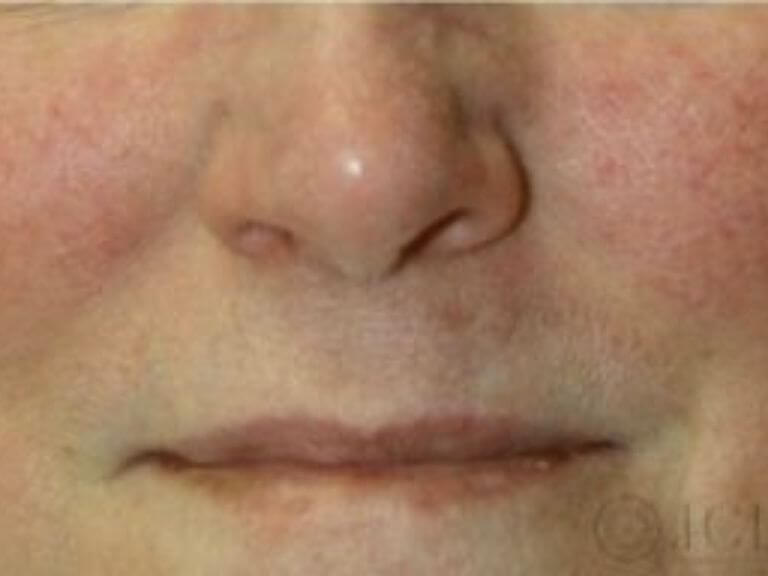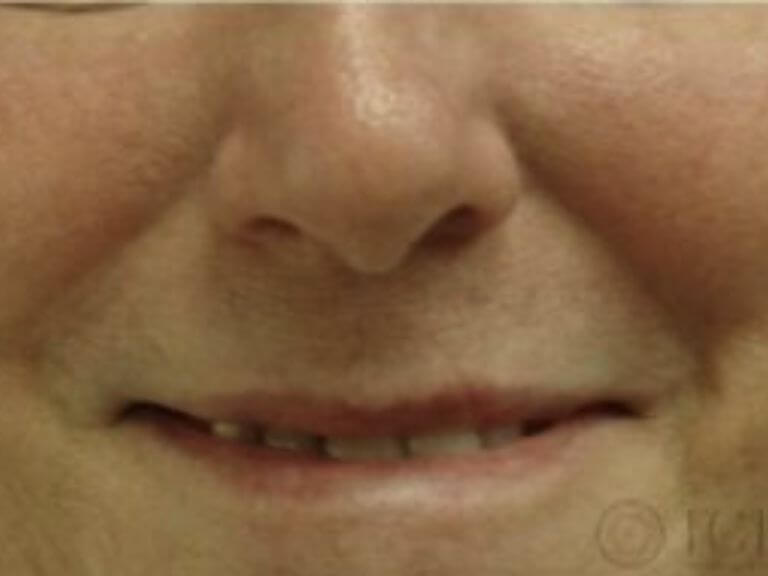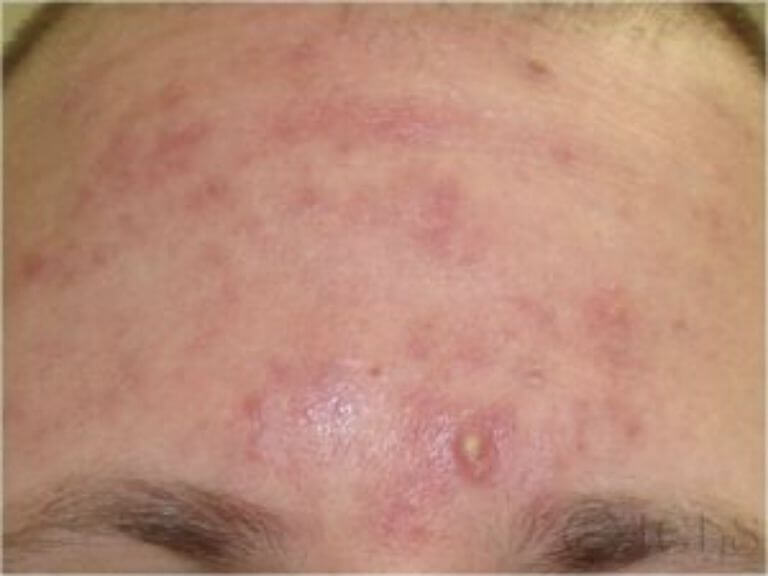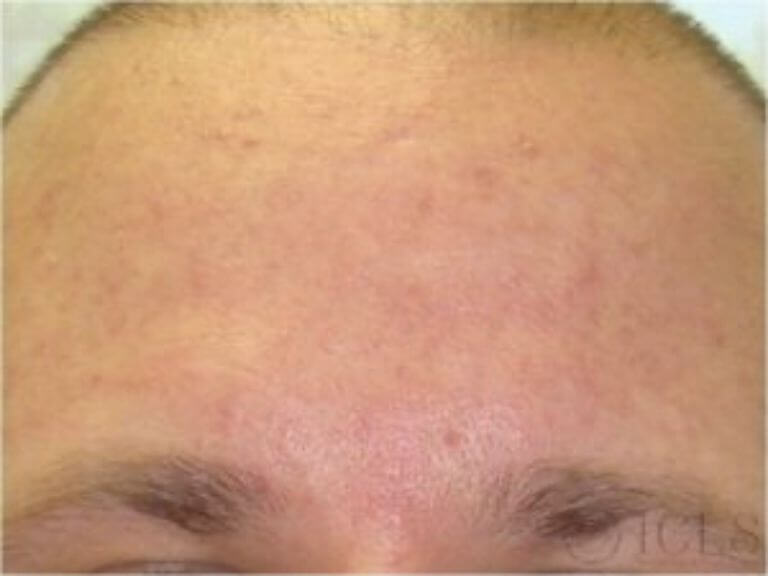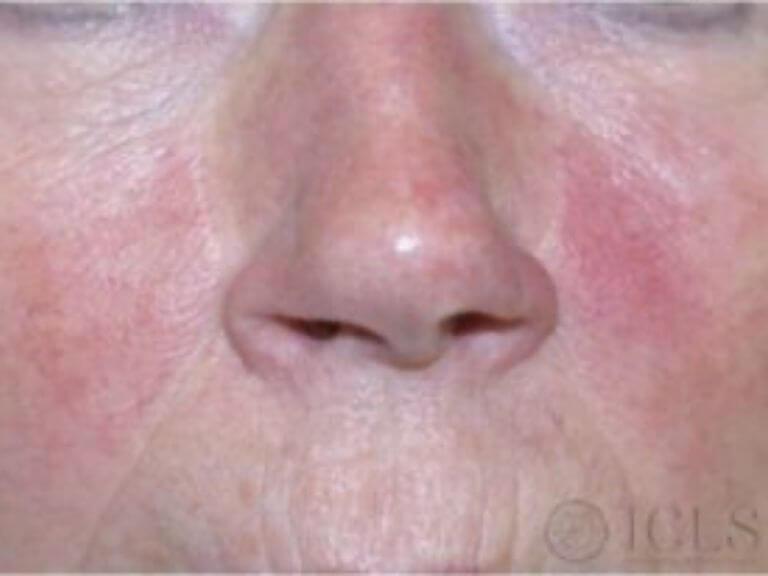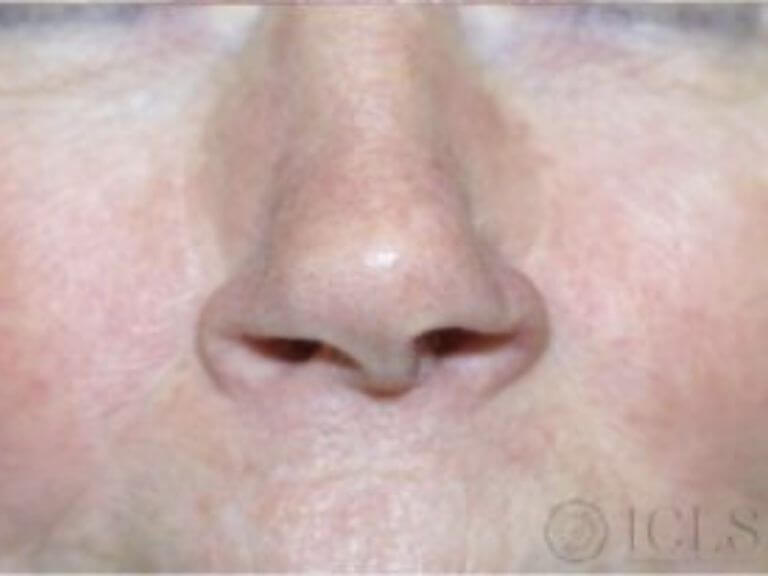Rosacea Treatment in Oakville, Ontario
 Concern
Concern Rosacea is a chronic inflammatory skin condition that most commonly affects the central face. An enlargement of blood vessels under the epidermis causes inflammation of the forehead, cheeks, nose, and chin. If not treated, rosacea can develop from slight flushing and redness to the appearance of small blood vessels, all the way to lumpy, mottled skin. It can even present as thickened, swollen, and bumpy skin on the nose called rhinophyma.
Lifestyle changes such as avoiding the sun, using sunscreen, reducing stress and limiting spicy foods can help in the fight against a bright red complexion, red blotches, and an uneven skin tone. Many topical skin care products will also calm, sooth, and treat the inflammation and redness associated with rosacea.
At ICLS, treatment of rosacea and redness concerns involves laser technologies precise enough to affect the right kinds of tissue at the right depths in order to provide high levels of safety for the patient. One of our newest treatment packages combines SylfirmX and ExcelV for a total of five treatments.

Before and After
Photos are for educational purposes only.
Featured Video
Frequently Asked Questions
-
What is the main cause of rosacea?
The cause of Rosacea is unknown but can be due to genetic and environmental factors. It usually develops in adults between ages 30 and 50. Rosacea tends to affect people with fair skin, northern and eastern European descent (Irish, English, Scottish), although rosacea can develop in any skin type.
Rhinophyma develops when the oil-producing glands and surrounding connective tissues become enlarged. Mostly men are affected.
-
How do I know if I have rosacea?
The first signs of Rosacea may be intermittent redness or blushing. Over time, the redness may become persistent and more visible. Most common sites are the cheeks, nose, chin and forehead. Acne and enlarged blood vessels can also appear, giving the skin a rough, uneven appearance.
-
How much does Rosacea treatment cost?
At ICLS, we offer advanced treatments tailored to address the symptoms of rosacea, combining cutting-edge technologies for optimal results.
One of our most popular offerings is Dr. Sapra’s Rosacea Package, priced at $2,170. This package includes 2 Sylfirm treatments and 3 ExcelV sessions designed to target redness, inflammation, and vascular concerns effectively.
Contact us today to find out if this package is right for your rosacea management plan.

